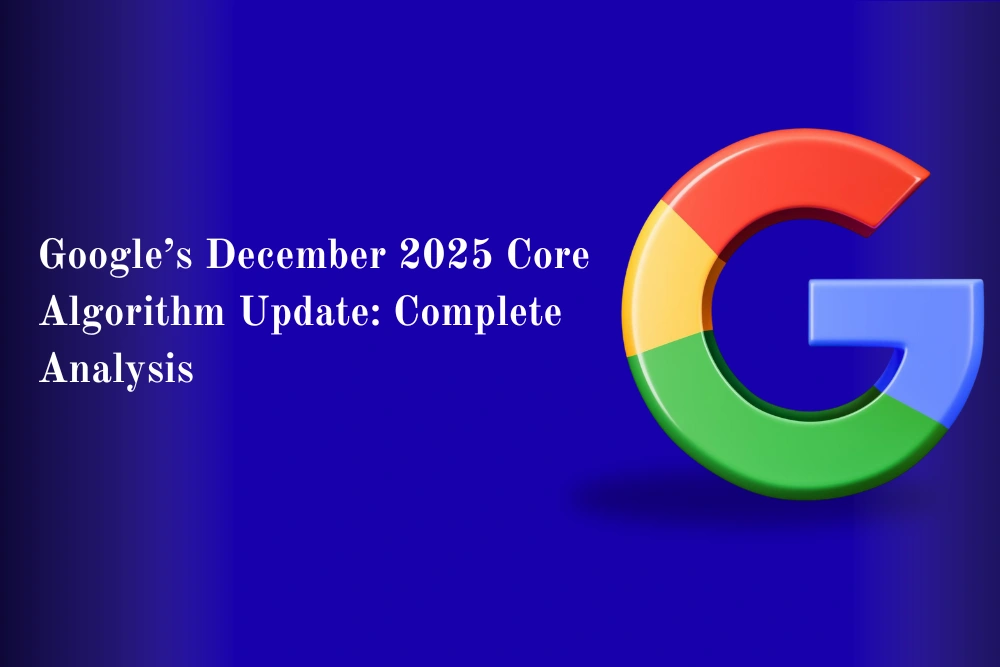
The Impact of Virtual Reality on Consumer Engagement
Scroll through social media, and you’ll see brands taking engagement to the next level. But static images and text posts aren’t enough anymore. Consumers want more—more immersion, more interaction, more experience. That’s where virtual reality and consumer experience come into play.
This isn’t just a cool tech gimmick. Virtual reality technology is changing how brands communicate, market, and sell. From real estate tours to immersive shopping, VR is revolutionizing engagement. But does it work for every industry? And what are the advantages and disadvantages of virtual reality in marketing? Let’s break it all down.
Know more: Will Augmented Reality Change the Way We Advertise?
How Virtual Reality Enhances Consumer Engagement
1. Immersive Shopping Experiences
Brands no longer need to rely solely on product descriptions and reviews. With virtual reality technology, consumers can try before they buy—virtually.
Fashion brands use VR fitting rooms, allowing customers to see how an outfit looks on them before purchasing.
Furniture retailers like IKEA offer virtual showrooms where buyers can place furniture in their homes before checking out.
Automobile companies provide VR test drives so potential buyers can experience different models without visiting a dealership.
These uses of virtual reality in e-commerce not only increase engagement but also reduce return rates by helping customers make informed decisions.
2. Enhanced Storytelling in Marketing
Storytelling is the backbone of effective marketing, but virtual reality and consumer experience take it further by making the audience part of the story.
Travel agencies use VR tours to let customers experience destinations before booking.
Nonprofits create immersive VR experiences to help donors see the impact of their contributions.
Entertainment brands use VR to transport users into movies, concerts, or sports events from the comfort of their homes.
This level of engagement builds stronger emotional connections, making marketing campaigns more impactful.
3. Virtual Events and Brand Engagement
The pandemic accelerated the shift to virtual events, but virtual reality technology takes it a step further.
Brands now host VR product launches, allowing attendees to interact with the product in a digital space.
Companies create virtual networking events, where attendees can walk through digital venues and connect with others.
The gaming industry leads with VR concerts and festivals, where users can attend live events as avatars.
By eliminating physical barriers, the impact of virtual reality on event marketing makes brand experiences more inclusive and accessible.
Advantages and Disadvantages of Virtual Reality in Marketing
Advantages:
Immersive Experience: VR provides a deeply engaging experience, making consumers feel part of the brand’s world.
Better Decision-Making: Virtual try-ons and test drives help customers make confident purchasing choices.
Stronger Emotional Connection: VR storytelling evokes stronger emotional responses, increasing brand loyalty.
Higher Engagement Rates: Users spend more time interacting with VR content compared to traditional marketing.
Disadvantages:
Expensive Implementation: Developing VR content and infrastructure requires a significant investment.
Limited Accessibility: Not all consumers own VR headsets, limiting the reach of these experiences.
Tech Barriers: Some users may find VR confusing or uncomfortable, reducing adoption rates.
Data Privacy Concerns: Collecting and using VR consumer data raises privacy and security challenges.
Despite these challenges, the uses of virtual reality continue to grow, offering brands creative ways to engage consumers.
Actionable Tips for Brands to Leverage Virtual Reality
If you’re considering incorporating virtual reality and consumer experience into your marketing strategy, here’s how to do it effectively:
1. Start Small with 360-Degree Videos
Not every business needs a full-fledged VR setup. 360-degree videos offer an immersive experience without requiring VR headsets. Brands can:
Create virtual product demos
Offer behind-the-scenes tours
Develop interactive storytelling campaigns
2. Gamify the Consumer Experience
Consumers love engagement, and gamification keeps them hooked.
Offer VR treasure hunts where users explore digital stores to find discounts.
Develop brand-themed VR challenges and reward participants.
Use VR-based loyalty programs that unlock exclusive content or offers.
3. Integrate VR with Social Media
Platforms like Facebook and Instagram already support virtual reality technology in some forms. Brands can:
Create AR filters that give a taste of VR engagement.
Launch VR contests where users share their experiences.
Use VR-enhanced influencer marketing for product promotions.
4. Personalize the VR Experience
A one-size-fits-all approach doesn’t work in marketing. Brands should use virtual reality technology to:
Customize virtual experiences based on user preferences.
Offer VR-based customer support for a more engaging service model.
Develop industry-specific VR solutions, such as virtual real estate tours for property buyers.
Interesting facts: The Psychology of Ads: How Colors & Words Influence Consumer Behavior
The Future of Virtual Reality in Digital Marketing
With advancements in virtual reality technology, more brands will embrace immersive experiences. As devices become more affordable, VR will move from an experimental tool to a mainstream marketing strategy. But integrating it effectively requires expertise.
That’s where Marko & Brando comes in. As the best digital marketing agency in Kolkata, we help brands create innovative digital experiences. From startups to global giants, we tailor SEO, social media, and performance marketing strategies to maximize engagement and conversion rates. Whether your brand is ready for VR or needs expert guidance in digital growth, our team is here to make it happen.
Closing Thoughts
The impact of virtual reality on consumer engagement is undeniable. It transforms how brands interact with customers, making experiences more interactive and immersive. While there are advantages and disadvantages of virtual reality, its potential in marketing is only growing.
By adopting virtual reality technology strategically—whether through immersive storytelling, virtual events, or personalized experiences—brands can redefine engagement and stay ahead in the digital age.
FAQs:
What are the benefits of VR reality?
The benefits of VR include immersive experiences, enhanced learning, better consumer engagement, virtual try-ons, realistic training simulations, and innovative marketing opportunities across various industries.
Why is VR so effective?
VR is highly effective because it creates immersive, interactive, and emotionally engaging experiences. It enhances learning, decision-making, and brand connection by simulating real-world scenarios, making users feel actively involved rather than passive observers.
Is virtual reality good for society?
Virtual reality has both positive and negative effects on society. It enhances education, healthcare, and entertainment by providing immersive experiences. However, it can also lead to social isolation, privacy concerns, and over-reliance on digital interactions. Its impact depends on how it is used and regulated.
How does VR improve performance?
VR improves performance by enhancing training, boosting engagement, and enabling real-time simulations. It helps users practice skills in a risk-free environment, improves retention through immersive learning, and increases efficiency in industries like healthcare, manufacturing, and customer service.

Article by
Marko & Brando
For businesses looking for impactful digital marketing services, Marko & Brando is the name to trust. Our data-driven strategies ensure maximum ROI, helping your brand reach new heights. Experience the power of digital transformation with our expertise.




